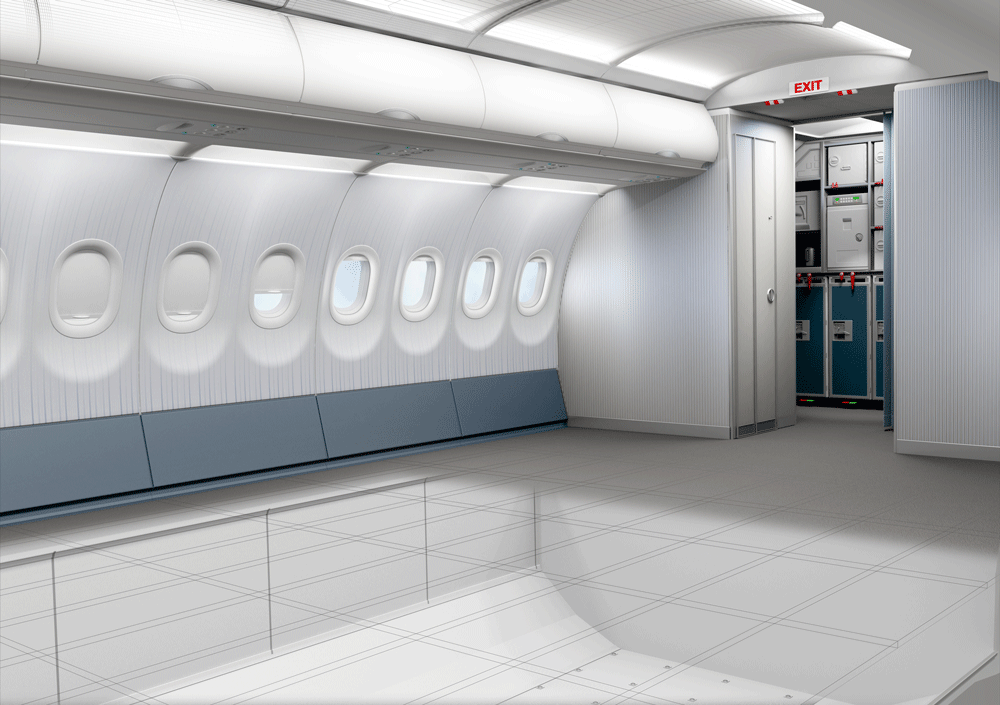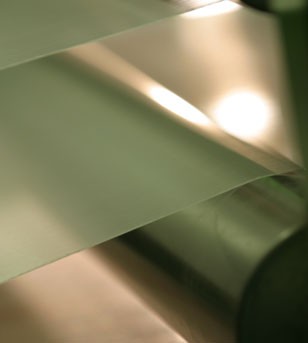PrePregs consist of a wide variety of reinforcing fibers, such as carbon or glass, and polymeric resins. They are used in many areas of lightweight construction, for example in the aerospace industry, motor or water sports, but also in orthopedics and prosthetics or for the construction of rotor blades for wind turbines. They can be processed by machines and thus also allow the production of higher component quantities, but both production and storage involve costs. In order for these to pay off, the products produced must be of consistently high quality and the scrap rate must be kept as low as possible. This can be achieved by continuous in-line monitoring. In the new project SAPP - Spectroscopic Analysis of PrePregs - at the Processing of Composites Group, vibrational spectroscopy is now to be analyzed as a monitoring method. On the one hand, vibrational spectroscopy can provide valuable data during the manufacturing process, and on the other hand, it can be used for quality assurance during storage.
Consistently high quality through in-line monitoring
The classic method of manufacturing PrePregs, which uses solvents, is increasingly being replaced by the Hot-Melt-Process, which does not require solvents. However, this process is more demanding in terms of control and requires more precise process monitoring. This is where a variant of vibrational spectroscopy is to be used: NIR (near-infrared) Micro-Spectrometers. These devices are relatively new on the market and are characterized by their compact size, low weight and price. Light beams are used to generate molecular vibrations that return characteristic values. By matching them with previously defined data and parameters, statistical evaluations can be generated that subsequently allow conclusions to be made about the course of or deviations from the process. The aim is now to test their accuracy and also how well the measuring devices can cope with the conditions of the production process. For example, they must be able to withstand changing temperatures and also frequent, even rough, cleaning operations, and it must be possible to carry out contactless measurements without high heat input.
Less waste, more product
To prevent the mixture of resin and hardener from reacting prematurely with each other, which would make the PrePregs unusable, they often must be stored frozen at -18°C – a high cost factor for producers. In general, PrePregs have a shelf life of 6-24 months. Expired ones can only be disposed of, which is economically and ecologically problematic. In addition to the production process of PrePregs, the suitability of NIR Spectrometers for monitoring the storage of semi-finished products will therefore be investigated. As a portable device, it should be used to continuously assess the condition of stored PrePregs and thus achieve more efficient storage: moving away from a time-based to a quality-based assessment. The quantities disposed of could thus be significantly reduced.
Contact and further Informations:
Univ.-Prof. Dr.-Ing. Ralf Schledjewski
lvv(at)unileoben.ac.at
The project is funded by the Federal Ministry for Climate Protection, Environment, Energy, Mobility, Innovation and Technology (BMK) as part of the program Production of the Future, 36 AS PdZ - National Projects 2020. Administrative support is provided by the Austrian Research Promotion Agency (FFG).
Duration: 2021 - 2024
Partner: i-RED Infrarot Systeme GmbH, ISOVOLTA AG

